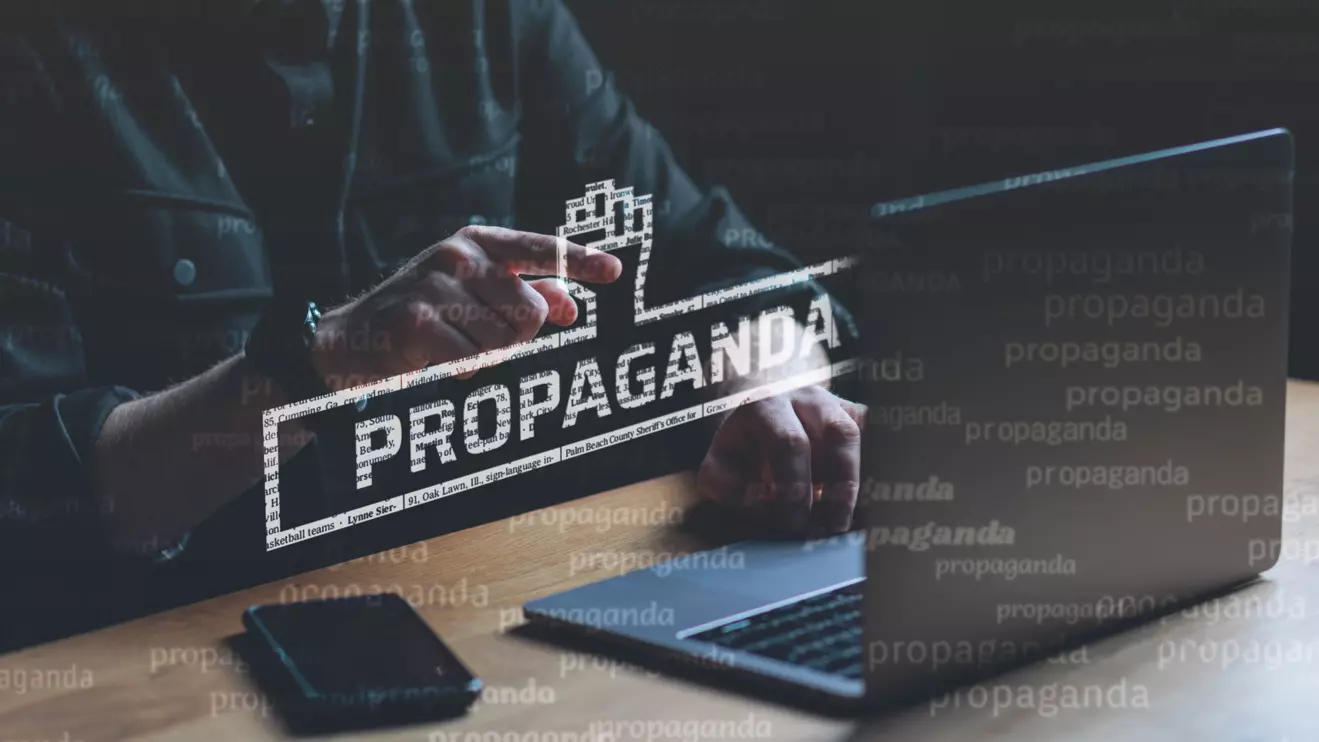Israel
Netanyahu to discuss Iran, next phase of Gaza plan with Trump
Prime Minister Benjamin Netanyahu said on Monday he will discuss Iran's nuclear activities during his visit next week with U.S. President Donald Trump.
A troubling pattern has emerged in the ongoing conflict in Gaza: the near-daily publication—often without verification—of casualty figures released by Hamas-controlled sources, presented as objective truth by major Western and Arab media outlets.

Hamas is a propaganda machine © Mena Today
A troubling pattern has emerged in the ongoing conflict in Gaza: the near-daily publication—often without verification—of casualty figures released by Hamas-controlled sources, presented as objective truth by major Western and Arab media outlets.
Time and again, these reports cite alleged mass killings of civilians—particularly women and children—by the Israeli military, often in the context of aid distribution points. Yet strikingly, these tallies rarely, if ever, include Hamas fighters or other militants. The narrative is carefully crafted: all deaths are framed as innocent victims of unprovoked aggression, and Hamas conveniently disappears from the story, as if it plays no role in the war it continues to wage.
The sources behind these figures are anything but impartial. The so-called "Gaza Ministry of Health," the Civil Defense, and even the local Red Crescent branches are all under the direct control or heavy influence of Hamas. They are not independent institutions. They operate within a regime that thrives on information warfare—where images of civilian suffering become weapons to manipulate global opinion.
What is truly shocking is the readiness of many respected Western and Arab news organizations to amplify these claims with little or no scrutiny. Outlets that claim to uphold journalistic integrity and rigorous standards are, in this case, abdicating their responsibility. By failing to question the source, context, or potential manipulation of casualty figures, they become unwitting amplifiers of Hamas propaganda.
This is not journalism—it’s complicity.
For Hamas, civilian deaths are not just collateral damage—they are part of the strategy. The more dramatic the images, the higher the international outcry. Inflated figures, emotional testimonies, and staged narratives all feed into a carefully engineered media campaign designed to turn public opinion and pressure democratic governments into abandoning support for Israel.
In this war, information is a battlefield. It is essential for journalists, analysts, and consumers of news to treat every figure, every claim, and every photo with the same critical scrutiny they would apply in any other context. Propaganda thrives where skepticism dies.
If media organizations truly value truth, independence, and objectivity, they must stop serving as echo chambers for terrorist narratives. The world deserves facts—not fiction dressed as outrage.
Prime Minister Benjamin Netanyahu said on Monday he will discuss Iran's nuclear activities during his visit next week with U.S. President Donald Trump.
Israel's cabinet voted on Monday to shut down a popular national radio station, one in a series of measures by Prime Minister Benjamin Netanyahu's right-wing coalition that critics see as blows to democracy.
Cybertech Global TLV 2026 will take place from January 26–28, 2026, in Tel Aviv, bringing the world’s cybersecurity ecosystem together for three high-impact days of ideas, innovation, and connection.

To make this website run properly and to improve your experience, we use cookies. For more detailed information, please check our Cookie Policy.
Necessary cookies enable core functionality. The website cannot function properly without these cookies, and can only be disabled by changing your browser preferences.